By Jillian Briare and Kaylynn Perez
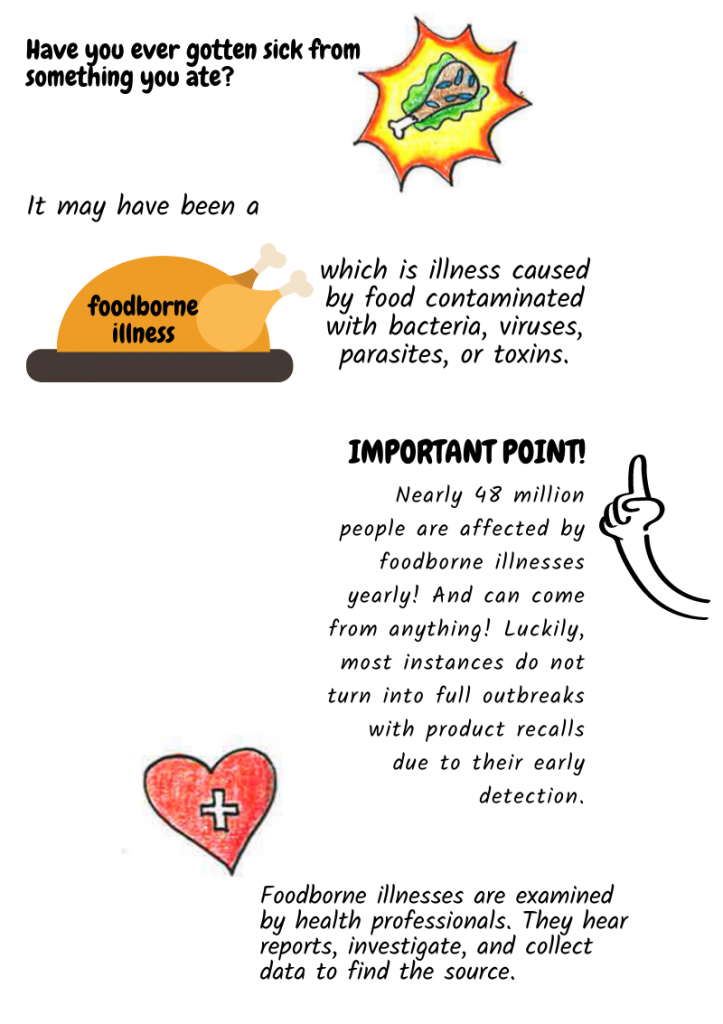
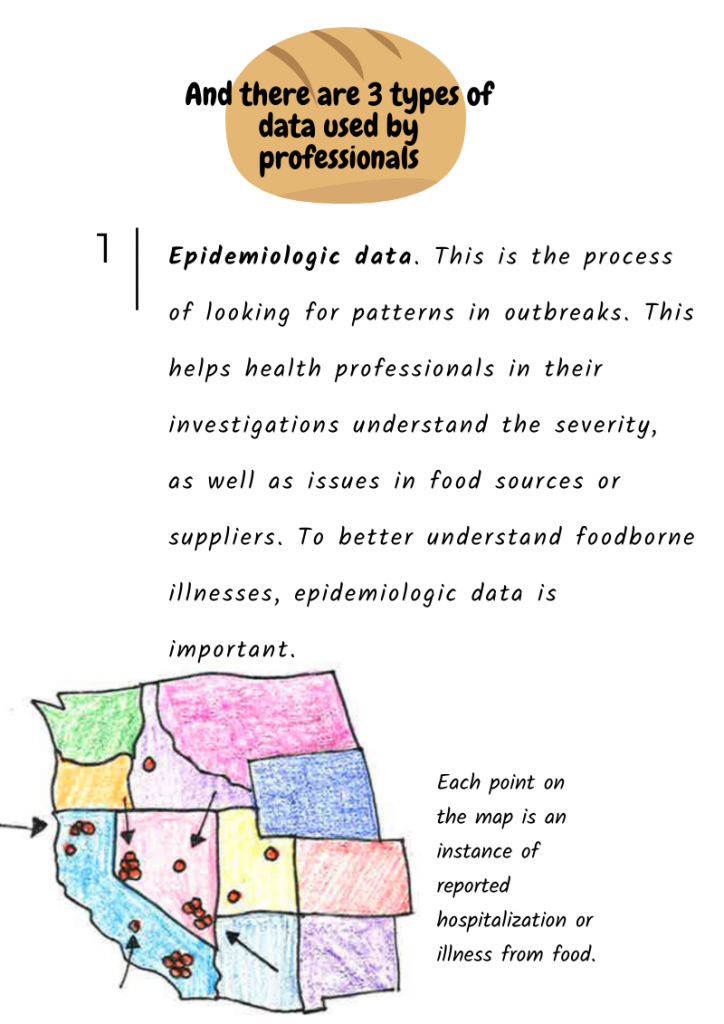

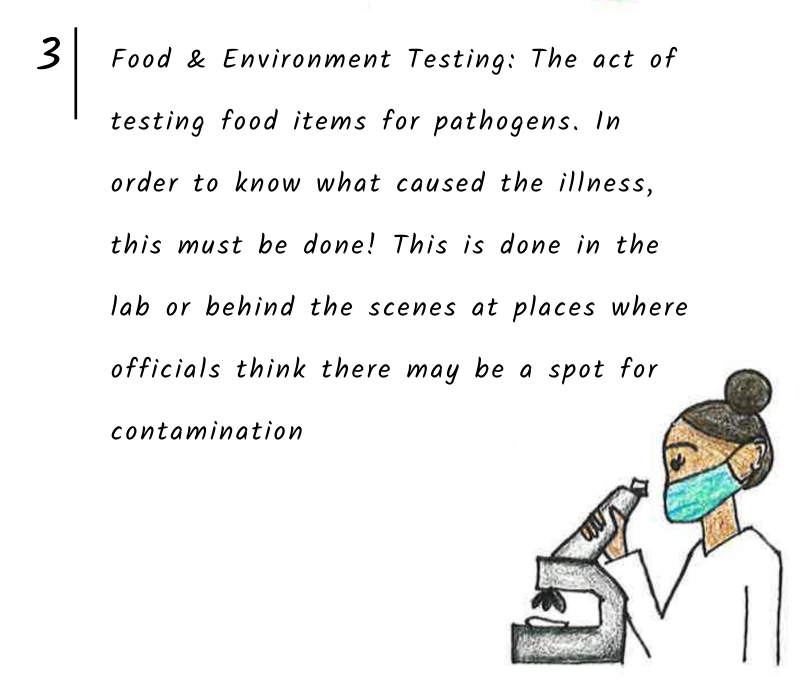
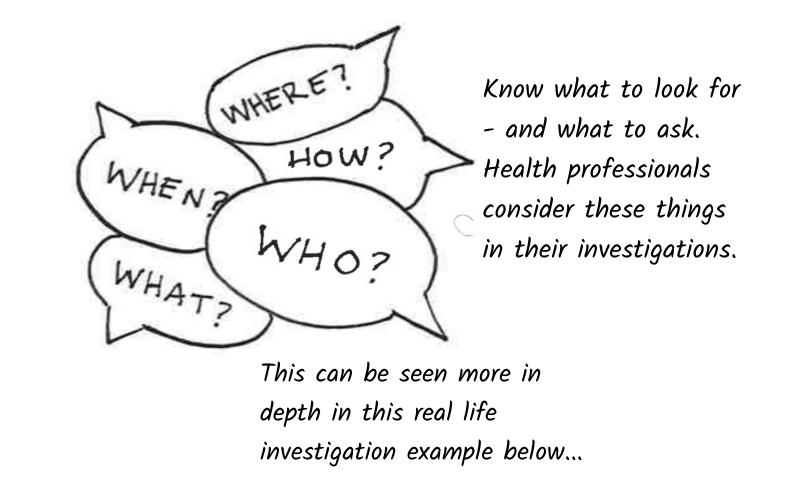
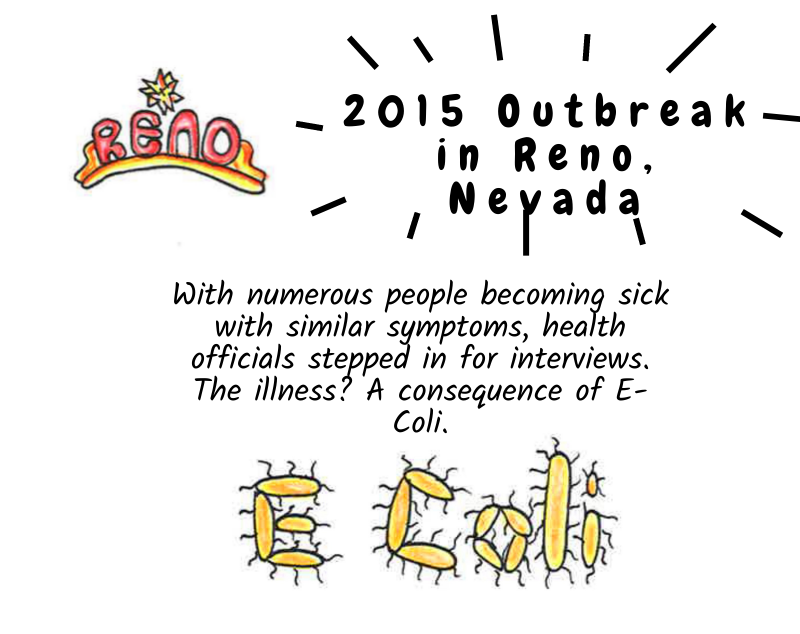
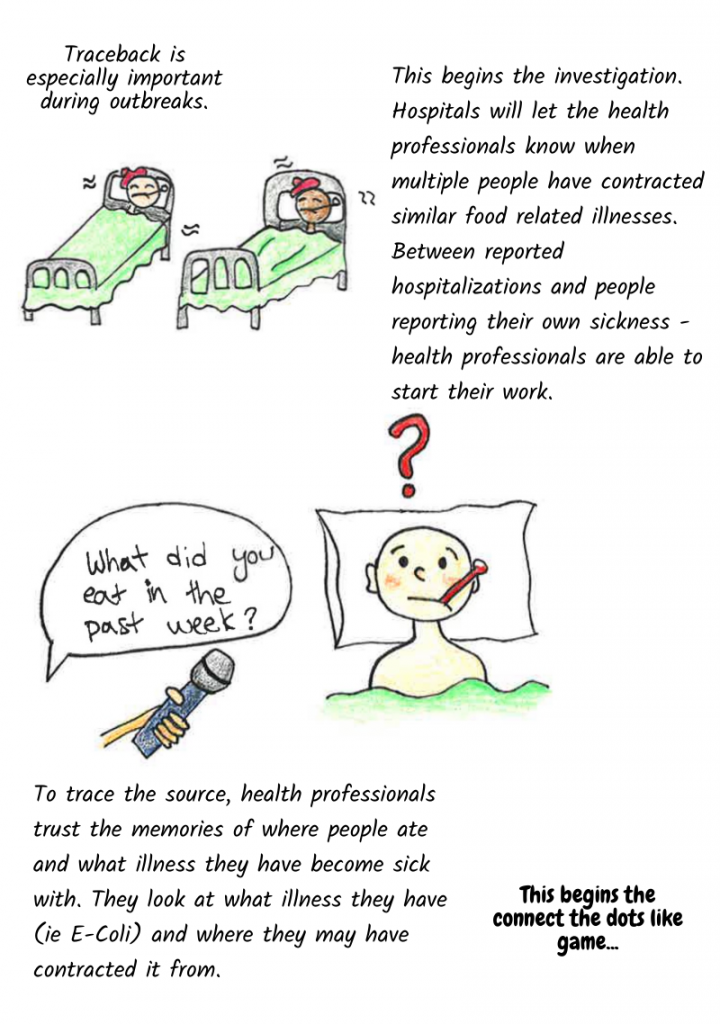
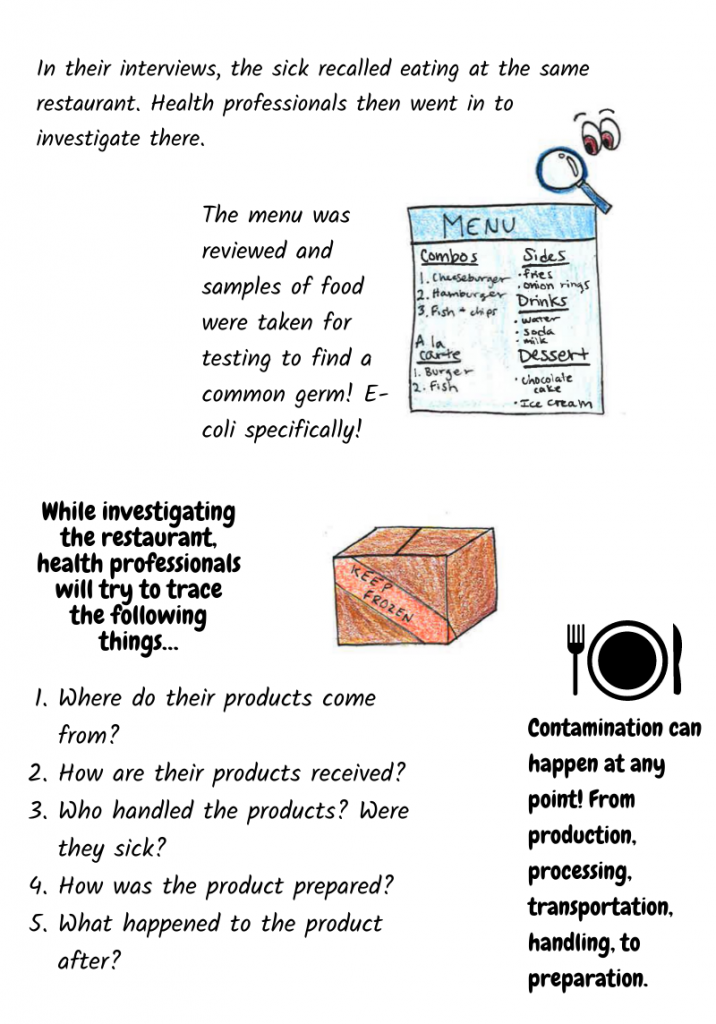
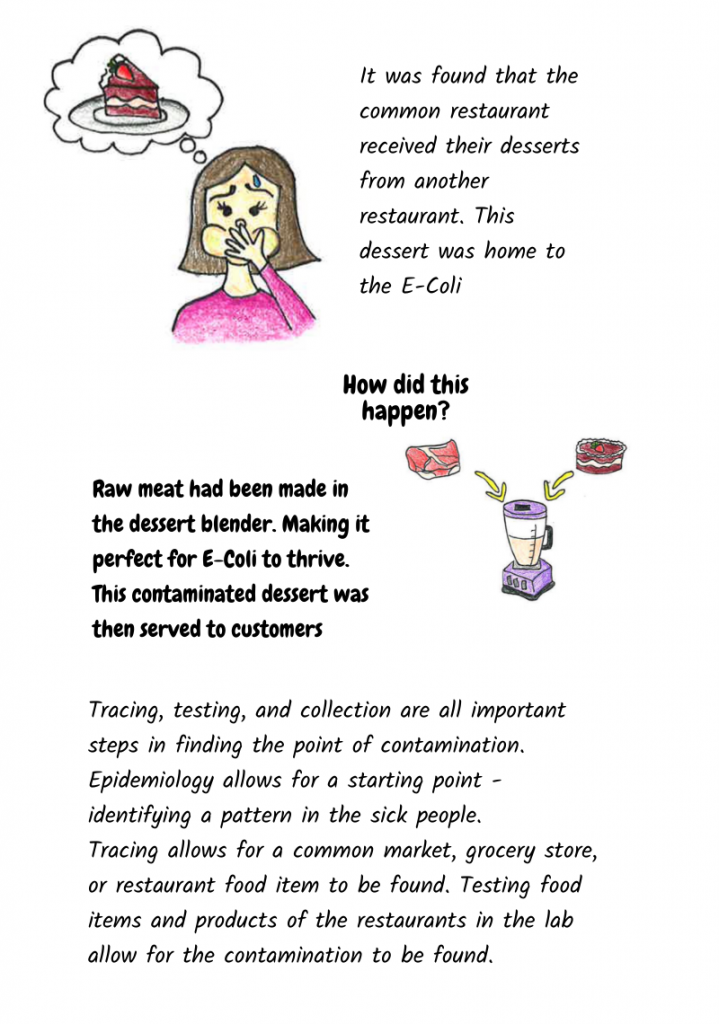
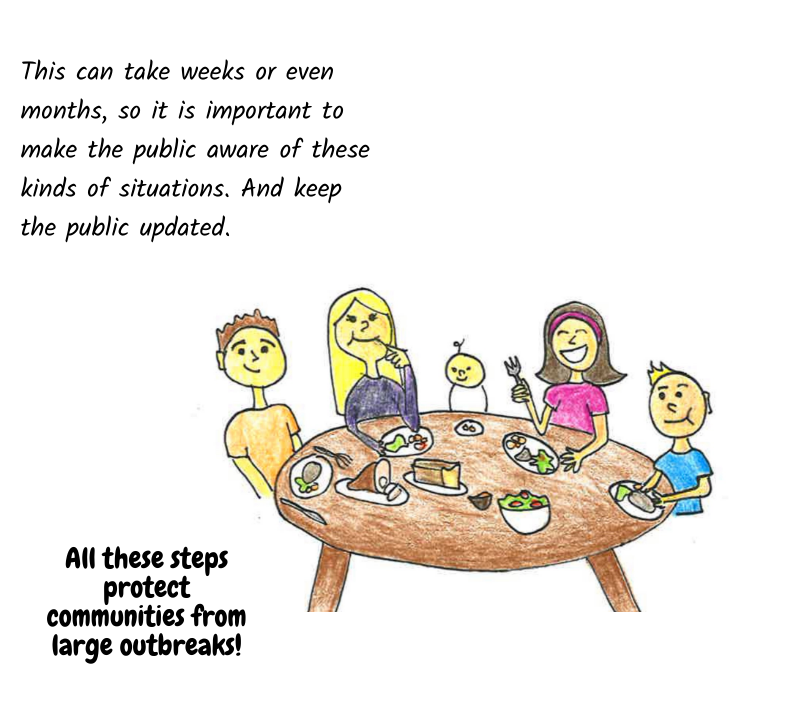

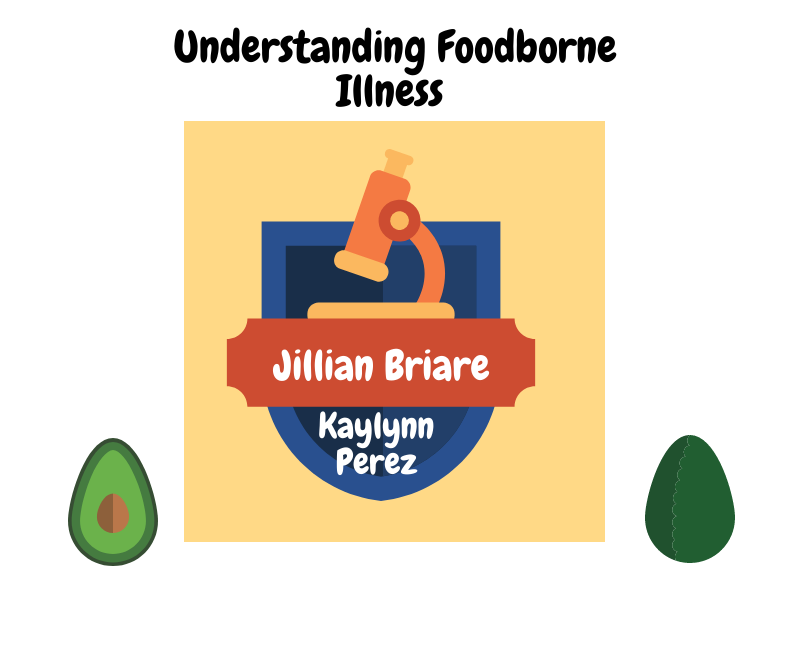













With help from citizens with smartphones, Reno scientists are learning the secrets of winter storms. By Sydney Peerman.

Rare plants in Nevada, like the Carson Valley monkey flower, are being bulldozed into extinction as the state’s population increases. By Elizabeth Walsh.

Should a dog be deemed aggressive, based solely on its breed? The state of Nevada doesn’t think so. By Amanda Durand.

1664 North Virginia St, Reno, NV, 89557 | (775) 784-6531 | journalism@unr.edu
1664 North Virginia St, Reno, NV, 89557 | (775) 784-6531 journalism@unr.edu
